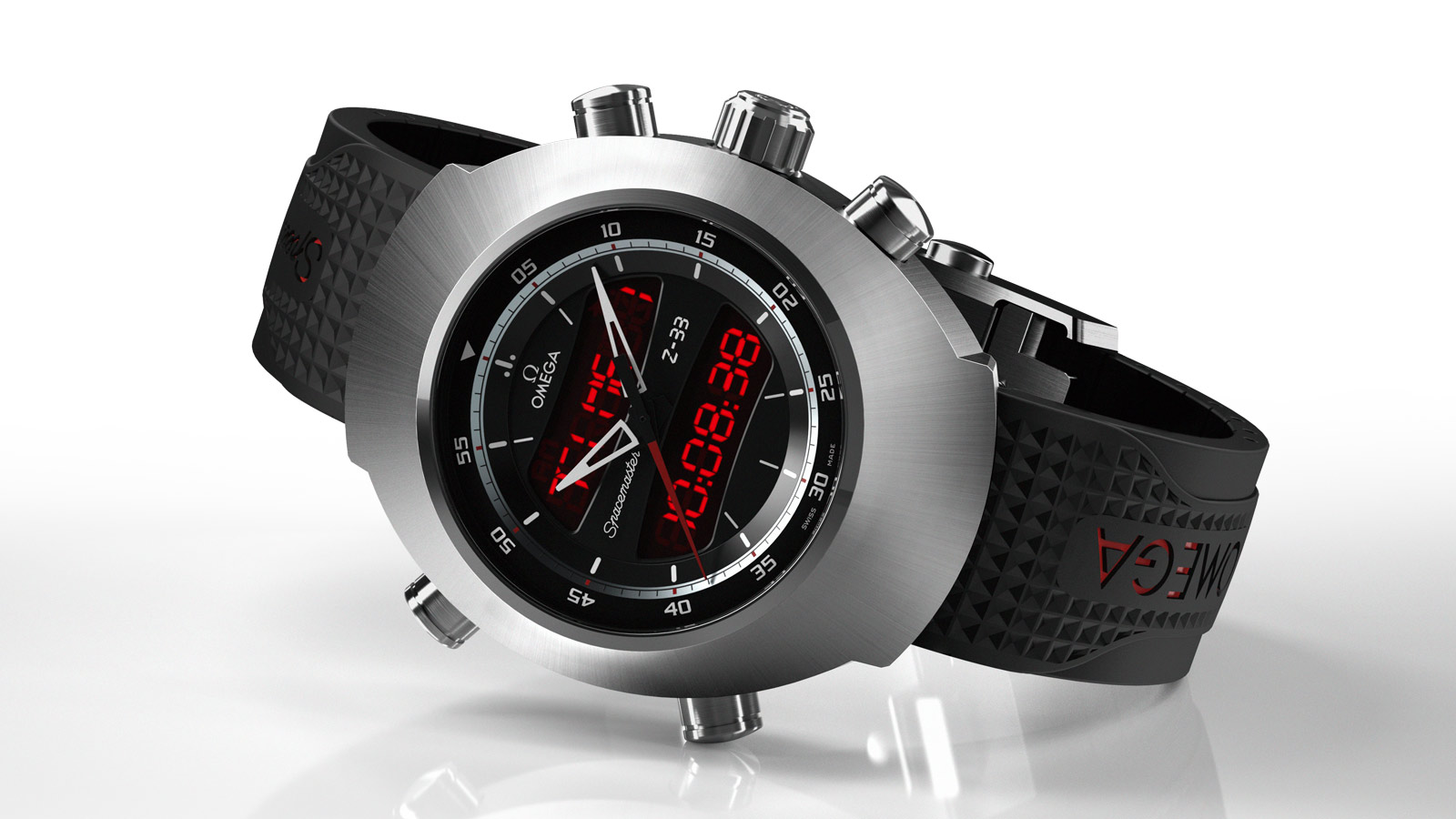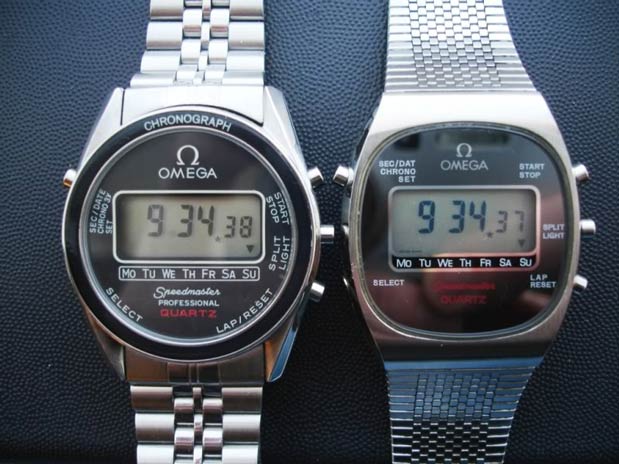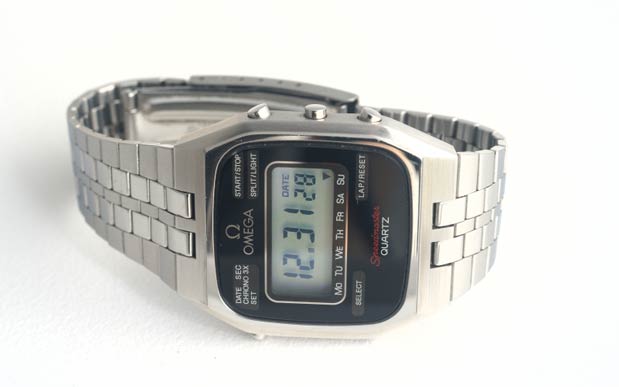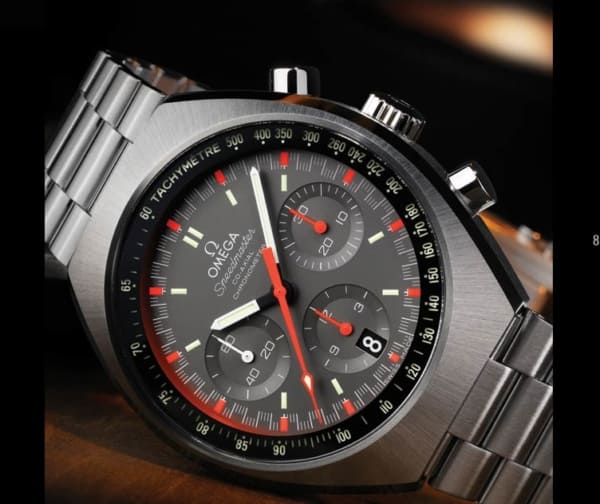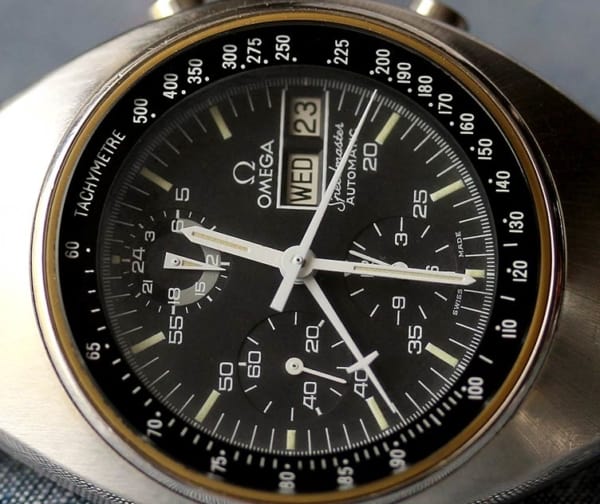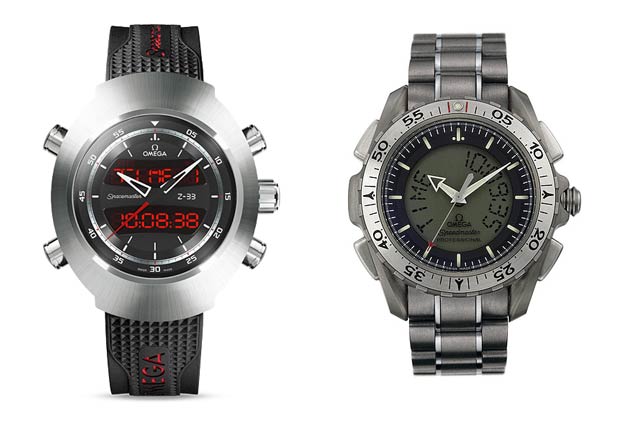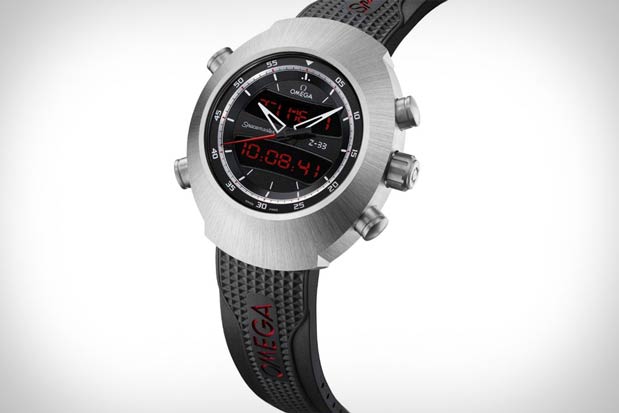Yes, there were electronic Speedmasters. And there still are today, but we’ll get to that in a few minutes. But it seems like heresy, doesn’t it? A watch with “Speedmaster,” even “Speedmaster Professional” on the dial while inside beats an electronic heart! And yet, we know from their pursuit of timing excellence (through their work in Olympic competition, among other things) that Omega has always looked for ways to innovate and improve.
In the 1970s, the Speedmaster was not immune. And indeed, one would have expected as much, given the recent advances Omega had made in Olympic timing, and with the quartz crisis in full swing. While the Speedmaster Professional hand wound Moon Watch and it’s mechanical brethren never went out of production, the Speedy also saw unique developments in electronic movements.
When we talk about Speedmasters of the electronic age, we’re really talking about four calibres and a closely related variation: the 1255, the 1620, the 1660, and the 1666. There was a 1666B as well, of which apparently only 12 were made.
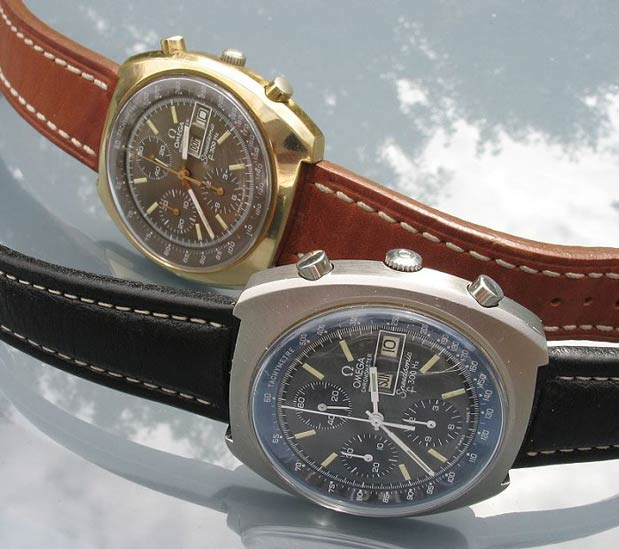









 Featured Videos
Featured Videos




